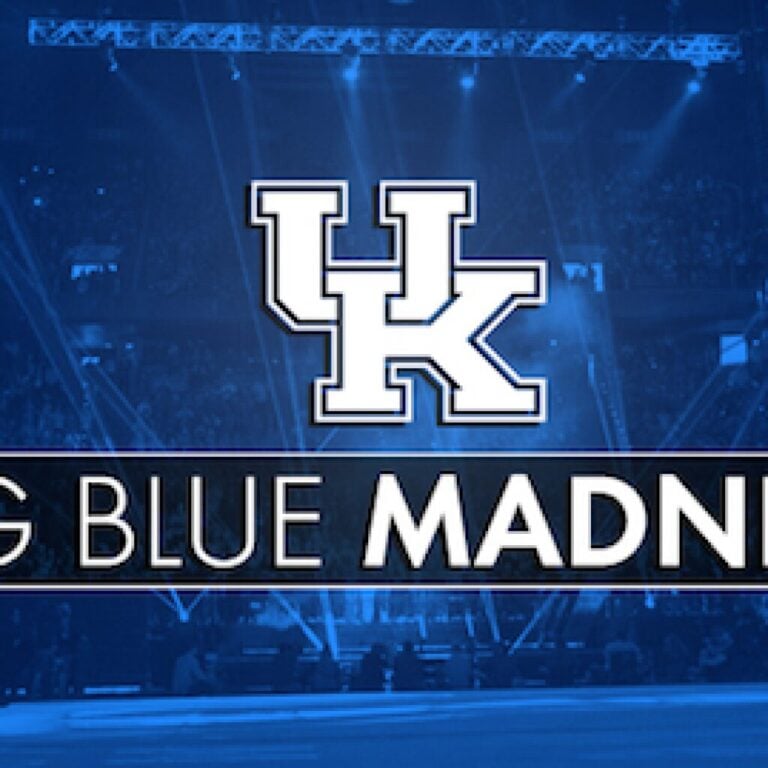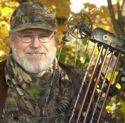All across Kentucky the wild turkey’s Spring passion play is underway.
It’s an early spring for turkeys, encouraged by unseasonably warm weather in March and frequent rains caused an early green up.
Drive down most any rural backroad in turkey country and you could see a strutting gobbler, displaying for a small flock of hens, in a roadside field or wood’s edge. On sunny, still mornings, turkey talk can be heard echoing through Kentucky’s hills and hollows — raspy hen yelps, followed by the dramatic gobbles of lovesick toms.
Dominant gobblers are busy collecting a harem of hens, and breeding will soon be underway.

For anxious hunters, the spring turkey season could never be early enough, but there’s sound reasoning behind the timing of opening day. A mid-April start allows the majority of hens to be bred before gobblers are removed from the population by hunters. This year is a good example of why it’s better to have the season a little later than too early.
There are two peaks of gobbling — the first when winter flocks of hens and toms break up, the second when hens start nesting. Kentucky’s spring wild turkey season is timed to coincide with the second peak of gobbling.
Several factors influence the amount of gobbling during the season. Light winds, clear skies and temperatures in the 60s stimulate gobbling activity, whereas lower barometric pressure, most associated with clouds and rain, reduces gobbling activity significantly.
What typically happens in Kentucky is when the season opens, hens are being bred and laying eggs on a daily basis. Dominant toms with hens don’t gobble as much as they did prior to the onset of breeding, but after the hens go on the nest, gobbling activity spikes back up.
That’s why late season hunting can be excellent some years. Gobblers are all alone as the season draws to a close, and susceptible to being called into gun range by hunters. When dominant gobblers are “henned up,” and actively breeding, they are much tougher to call away from their harem of hens.
2016 Spring Season Dates
By regulation, Kentucky’s spring turkey season starts on the Saturday closest to April 15 and runs for 23 days. This year’s dates for the general season are April 16 through May 8, 2016.
Calendar shift obviously influences the starting and ending date of the season. This year Kentucky’s spring wild turkey season is comparatively “late,” which means the hunting could get better as the season progresses. As hens go on the nest, gobblers will be by themselves and roaming around.
A lot of factors play into the number of birds taken, particularly the weather, because it impacts how the birds act during the season and the number of hunters afield. Fewer people hunt during rainy weather and turkey breeding can be delayed by unseasonable cold.
Flock Estimate and Harvest
The current estimate of the statewide turkey flock is 220,000.
Hunters telechecked 30,895 bearded birds last season, and have taken an average of 31,719 birds over the past five spring seasons. The season record of 36,097 was set during the 2010 season. More than 30,000 birds have been taken in five of the last six spring seasons.
In the Bluegrass wildlife region, which includes 31 counties in Central Kentucky, the spring turkey harvest in 2015 was 6,828, and the top five counties in terms of harvest were: Pendleton, 469; Owen, 417; Shelby, 382; Washington, 334, and Henry, 328.
Adult birds continue to dominate the harvest.
Last spring, for example, hunters took 26,150 adult gobblers from the overall harvest of 30,895. That means juvenile gobblers (jakes) made up just 15.4 percent of the harvest. To their credit, Kentucky hunters are holding out for long-bearded, adult toms. The hunter success ratio continues to be about 30 percent.
The statewide bag limit for the spring season is two bearded birds, but no more than one bird may be taken per day.
Two-Year-Olds A Key to the Harvest
Two-year-old toms do most of the gobbling during the spring season and thus make up the highest percentage of adult birds taken by hunters.
A two-year-old gobbler typically has 1/2 to 1-inch straight spurs that are blunt on the end, and may have a beard of 9-to-10 inches long. A gobbler with a beard of less than 5 inches is considered a juvenile (jake). Turkey beards grow 4-to-5 inches a year, never stop growing, and may get wider and thicker with age.
Because two-year-olds are such an important component of the spring turkey harvest, biologists look at reproduction from two years in the past, to estimate how many 2-year-olds will be available to hunters for a given season.
For more outdoors news and information, see Art Lander’s Outdoors on KyForward.
Kentucky’s spring turkey harvest has been flat to slightly declining the past five seasons, from a high of 33,068 in 2012, to a low of 29,943 in 2014.
But the good news is there’s been an increase in turkey production since 2011. The department’s annual brood survey estimated 2.1 poults per hen in 2014, which was higher than the 2013 estimate.
That means there will likely be more 2-year-old gobblers out there this season than in recent seasons.
The brood survey is conducted during July and August each summer, and the number of adult hens and poults observed are recored on data sheets. The tabulated total of poults divided by hens, is how the ratio is determined. The poults per hen estimate thus provides trend data on the spring season two years in the future.
“Our youth season harvest was up, hopefully that will translate to the general season,” said John Hast, a wildlife biologist with the Kentucky Department of Fish and Wildlife Resources.
During the 2-day season for boys and girls under 16 years of age, which ended Sunday, April 3, hunters bagged 1,810 turkeys, compared to 1,475 in 2015.
“Youth hunters had two good mornings to hunt,” said Hast. “There are four weekends during the general season (April 16-May 8). Pick a good weather day and go hunting.”
Art Lander Jr. is outdoors editor for NKyTribune and KyForward. He is a native Kentuckian, a graduate of Western Kentucky University and a life-long hunter, angler, gardener and nature enthusiast. He has worked as a newspaper columnist, magazine journalist and author and is a former staff writer for Kentucky Afield Magazine, editor of the annual Kentucky Hunting & Trapping Guide and Kentucky Spring Hunting Guide, and co-writer of the Kentucky Afield Outdoors newspaper column.


















